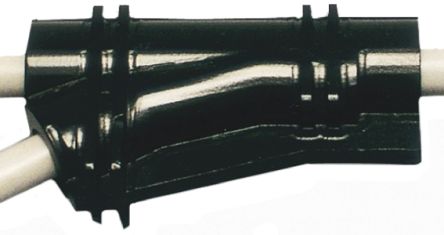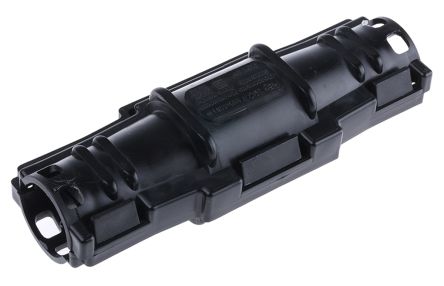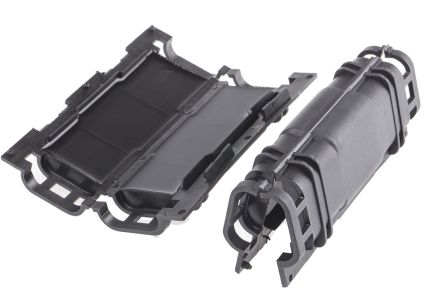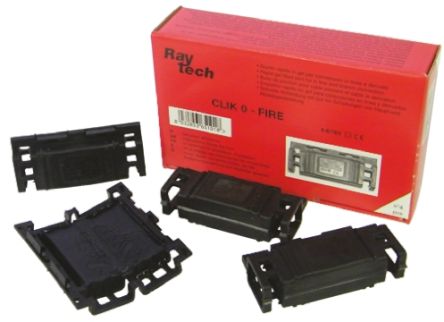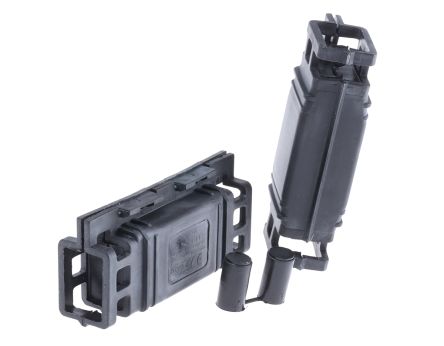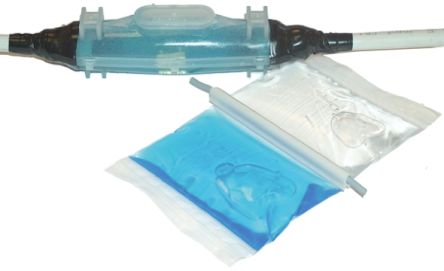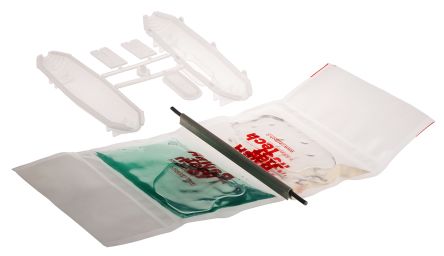- Automation & Control Gear
- Cables & Wires
- Enclosures & Server Racks
- Fuses & Circuit Breakers
- HVAC, Fans & Thermal Management
- Lighting
- Relays & Signal Conditioning
- Switches
- Batteries & Chargers
- Connectors
- Displays & Optoelectronics
- ESD Control, Cleanroom & PCB Prototyping
- Passive Components
- Power Supplies & Transformers
- Raspberry Pi, Arduino, ROCK, STEM Education & Development Tools
- Semiconductors
Raytech Cable Joints
Cable joints, also known as cable splices, are connections made between two or more electrical cables to enable the continuous flow of electrical current. These joints are essential in various applications, including power distribution, telecommunications, and industrial settings. Cable joints are typically used when cables need to be extended, repaired, or connected to different equipment or structures.
The process of creating a cable joint involves carefully stripping the insulation from the cable ends, connecting the exposed conductors, and then insulating the joint to protect it from environmental factors such as moisture, dust, and mechanical stress. The insulation is crucial to prevent short circuits, electrical leakage, and other potential hazards.
Cable joints come in various types, depending on the specific application and the type of cable being connected.
What are the types of cable joints?
- Cold Shrink Joints: These joints use pre-expanded rubber or silicone tubing that contract when a removable core is pulled out. They are easy to install without the need for heat or special tools.
- Heat Shrink Joints: Heat shrink joints involve using heat to shrink specially designed tubing around the cable joint. This provides a secure and insulated connection.
- Resin-Filled Joints: Resin-filled joints use a special compound that hardens to provide insulation and protection. These joints are often used for underground or submerged applications.
- Mechanical Joints: Mechanical joints use connectors, clamps, or couplers to securely connect cable ends. These joints are often used in industrial applications and require specialized tools.
- Taped Joints: Taped joints involve wrapping layers of insulating tape around the cable joint. While less common nowadays due to advances in other jointing methods, they can still be found in older installations.
What are the benefits of cable joints?
Here are some of the key benefits of using cable joints:
- Cable Extension and Repair: Cable joints allow for the extension or repair of cables, making it possible to connect cables of different lengths or to replace damaged sections without the need to replace the entire cable.
- Flexibility and Adaptability: Cable joints provide flexibility by allowing different types of cables to be connected, adapting to changes in system requirements, and accommodating various cable sizes and types.
- Minimis****ed Disruption: Cable joints enable repairs or modifications to be made without causing significant disruptions to the overall system.
- Environmental Protection: Cable joints are designed to provide insulation and protection, safeguarding cable connections from moisture, dust, chemicals, and mechanical stress.
- Safety Enhancement: Cable joints are crucial for maintaining safety standards by preventing electrical hazards, such as short circuits or leakages, which can lead to accidents, equipment damage, or fires.
- Time Savings: Installing cable joints can be quicker and more efficient than replacing entire cables, leading to time savings during maintenance or repairs.
